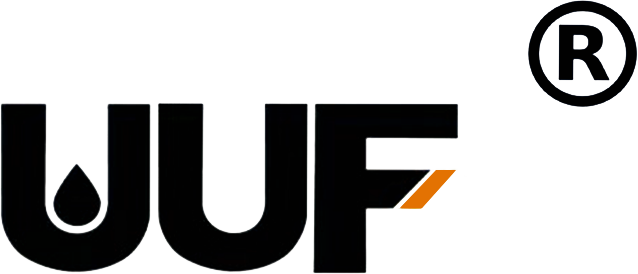Understanding EC Oil Seals: Essential Components in Automotive Sealing Solutions
Time:
2025-03-31
When it comes to automotive applications, sealing solutions play a pivotal role in ensuring optimal performance and longevity of various components. Among these solutions, EC oil seals are particularly notable for their effectiveness in preventing fluid leaks and protecting machinery from contamination. Understanding the technical aspects of EC oil seals can provide valuable insights into their ap
When it comes to automotive applications, sealing solutions play a pivotal role in ensuring optimal performance and longevity of various components. Among these solutions, EC oil seals are particularly notable for their effectiveness in preventing fluid leaks and protecting machinery from contamination. Understanding the technical aspects of EC oil seals can provide valuable insights into their application and importance in the automotive industry.
EC oil seals, or elastomeric seals, are designed to provide a barrier against fluids, dirt, and other contaminants. Typically made from durable rubber materials, these seals are engineered to withstand extreme conditions, such as temperature fluctuations and high-pressure environments. The EC designation often refers to the specific design and function of these seals, emphasizing their capability to maintain a reliable seal in dynamic applications.
One of the key features of EC oil seals is their lip design. These lips are strategically molded to create a tight seal against the shaft, reducing the risk of fluid leakage. The effectiveness of the sealing action is influenced by several factors, including the material composition, hardness, and the operating conditions of the vehicle. For instance, a softer rubber compound may provide better sealing capabilities under lower temperatures, while harder compounds may be more suitable for high-temperature operations.
Moreover, the installation process of EC oil seals is critical to their performance. Proper alignment and fitting are essential to prevent premature wear and potential failure. Ensuring that the seal is correctly seated can minimize the risk of leaks and enhance the overall durability of the automotive system. Additionally, periodic inspections are recommended to identify any signs of wear or damage, allowing for timely replacements and maintaining optimal performance.
In terms of applications, EC oil seals are commonly used in various components of vehicles, including engines, transmissions, and differentials. Their versatility makes them suitable for both light-duty and heavy-duty applications. As modern vehicles become more complex, the demand for high-quality sealing solutions continues to grow, highlighting the importance of EC oil seals in contemporary automotive engineering.
In conclusion, EC oil seals are indispensable components in the automotive industry, offering vital protection against leaks and contamination. Their design, material composition, and proper installation are crucial factors that contribute to their effectiveness. By understanding the role of these seals, automotive professionals can ensure the reliability and performance of various vehicle systems, ultimately enhancing the driving experience. As the industry evolves, staying informed about advancements in sealing technology will be essential for maintaining competitive advantage and ensuring customer satisfaction.
EC oil seals, or elastomeric seals, are designed to provide a barrier against fluids, dirt, and other contaminants. Typically made from durable rubber materials, these seals are engineered to withstand extreme conditions, such as temperature fluctuations and high-pressure environments. The EC designation often refers to the specific design and function of these seals, emphasizing their capability to maintain a reliable seal in dynamic applications.
One of the key features of EC oil seals is their lip design. These lips are strategically molded to create a tight seal against the shaft, reducing the risk of fluid leakage. The effectiveness of the sealing action is influenced by several factors, including the material composition, hardness, and the operating conditions of the vehicle. For instance, a softer rubber compound may provide better sealing capabilities under lower temperatures, while harder compounds may be more suitable for high-temperature operations.
Moreover, the installation process of EC oil seals is critical to their performance. Proper alignment and fitting are essential to prevent premature wear and potential failure. Ensuring that the seal is correctly seated can minimize the risk of leaks and enhance the overall durability of the automotive system. Additionally, periodic inspections are recommended to identify any signs of wear or damage, allowing for timely replacements and maintaining optimal performance.
In terms of applications, EC oil seals are commonly used in various components of vehicles, including engines, transmissions, and differentials. Their versatility makes them suitable for both light-duty and heavy-duty applications. As modern vehicles become more complex, the demand for high-quality sealing solutions continues to grow, highlighting the importance of EC oil seals in contemporary automotive engineering.
In conclusion, EC oil seals are indispensable components in the automotive industry, offering vital protection against leaks and contamination. Their design, material composition, and proper installation are crucial factors that contribute to their effectiveness. By understanding the role of these seals, automotive professionals can ensure the reliability and performance of various vehicle systems, ultimately enhancing the driving experience. As the industry evolves, staying informed about advancements in sealing technology will be essential for maintaining competitive advantage and ensuring customer satisfaction.
Keyword:
EC Oil seal


















